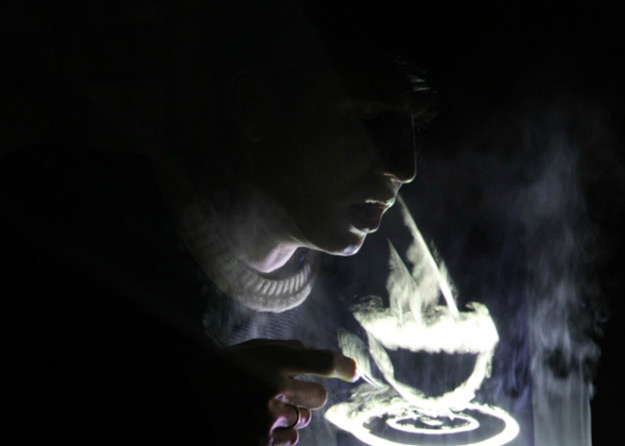
It’s been a little over a year now since Microsoft launched the Kinect (originally known by the code name Project Natal) to a great deal of success. Microsoft has gone on to sell over 10 million units of the Kinect sensor, earning the crown of “fastest selling consumer electronics device” in the process. With the Kinect being so popular and successful, it is little wonder that the device has spurred developers around the world to find innovative and new ways to harness similar technology with either the aid of Microsoft’s device or by taking inspiration from it.
In fact, ever since Microsoft released its non-commercial Kinect software development kit (SDK) in February of 2011 (and to be truthful, before that as well) the development community has been abuzz with numerous and creative ways to modify the Kinect to perform a host of new and exciting applications.
Now Russian company Displair is also touting its own award-winning technology that projects images into thin air, a la Tom Cruise in Minority Report, the key difference being that while the technology from the film isn’t real, the prototype and software developed by Desplair is.
How does it work, though? Essentially, the company uses a stream of cold fog to project images and an infrared camera to capture gestures. Similar to the Kinect, Displair captures your body movements only with much more precision and more intricate levels of movement, especially in regards to hand gestures — something Microsoft’s Kinect has trouble with at times.
Amazingly, the technology developed by Displair was done so by a young student in a dorm, which may or may not have earned the talented learner some extra credit.
Of course Displair is still very much a prototype and in its development stages, which sadly translates to this technology not being available or ready for mass production quite yet. Unfortunately, costs for the innovative gesture technology still ranges between $4,000 and $30,000.
It seems like for now we may just have to stick with our Kinects, but truth be told it’s always exciting to see sci-fi-like technology coming closer to fruition.


